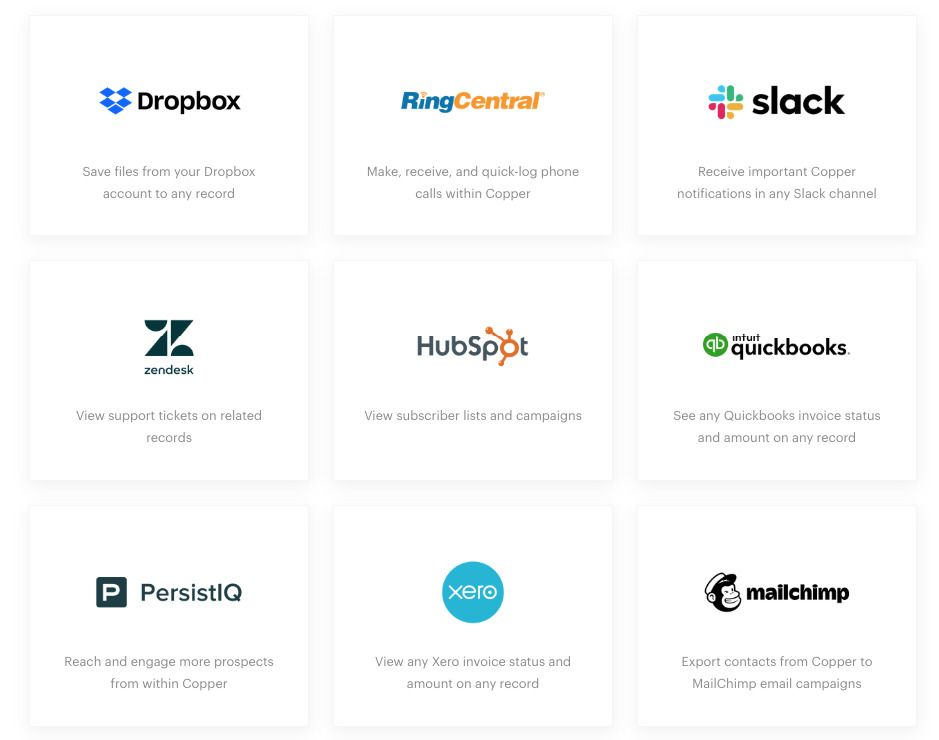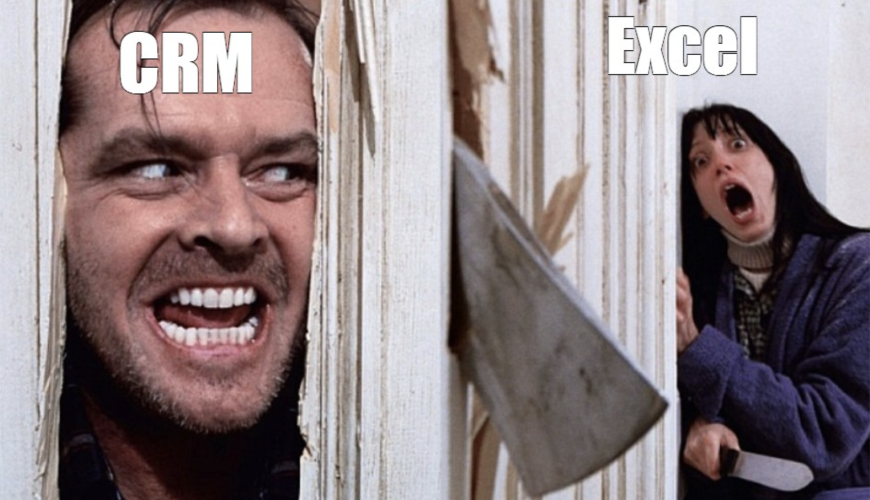In the 21st century, almost every company needs a good CRM system to strive. For a SaaS, where long-term customer relationships are at the core of the business, the efficiency of CRM is more important than anything else.
The offer on the market is huge, there are CRMs for every field: finance, e-commerce, software… But many companies come to a point where the best option they have is to build a custom program. In this article, we’ll talk about the things you need to develop a CRM system for SaaS. Let’s begin with… A step behind.
Before the start
It’s important not to jump to design and development right after you have decided to build a customer relationship management system. When developing a product for clients, we need to learn all about the users first. The same goes for the products developed for internal use.
We suppose we know quite well how things work in our own companies. Still, we should not skip the research phase. First of all, research and analyze how customer relations were managed previously, and only after that look at the other existing CRM systems.
Ask employees what they liked about the system and what problems they have in their work. Brainstorm how a CRM system could solve some of these problems.
Find a way to tailor the software to fit users from different departments and ensure efficient collaboration between them. Think of the future: does the company have plans to grow, open a new department, go to new markets? If you don’t consider these factors beforehand, the CRM system might need a revamp too soon.
Here is a quick check-list of the things you have to prepare before developing a custom CRM:
- Business goals. This is a north pole for a CRM: the system works best when its elements, structure, and logic are based on specific goals.
- System requirements and software specifications. The features that have to be in the software (based on the previous research).
- Legal regulations. CRM systems often contain detailed databases full of clients’ data. Keeping it for business objectives has to comply with the law (check regulations in different countries if you are working with an international market). Think of how you can ensure that this data remains safe.
Design
After we have imagined how our CRM system will look like, designers can build the prototype. Regarding UI, in this kind of project, less is more. However, UX has to be thought out. As stated in this article, each imperfect user flow will cost time to your employees.
Development
When handing out the design to the developers’ team, make sure that team collaboration goes on, developers talk to designers, and all of them listen to users. Testing with real users is easier than ever when developing products for internal use, so don’t skip this step.
Launch and monitoring
Launching a CRM system is not like downloading an app: there is a process of instructing employees, transferring all the data, fixing bugs, and getting used to the new software.
Pro tips in developing a custom CRM system for a SaaS
Integrations
First of all, think of emails. Having to jump from mail app to the CRM back and forth is tiring for all users. This will not only make employees waste more time, but also leads to higher probability of accidents, such as lost email thread.

After email, there is a number of apps that are used in work daily. In the beginning, it may not be clear which ones will be the most essential, but they just have to be there so that a person working with CRM system can have everything at hand.
Clear and visual data representation
The visual part of the CRM made for internal use is not the top priority in most cases. When the product is developed for employees and not for the clients, product managers focus on functionality rather than try to impress users with fancy interface elements. However, this approach can sometimes harm the productivity.

To work efficiently with complex sets of data that are often a part of a CRM, people have to read and analyze it quickly. That is where data visualization matters: having all those nice graphs instead of oldschool tables is not just about aesthetics, it is about efficient work.
Intuitive navigation
This is another thing from UX design that is often overlooked in CRMs. The systems are often complex, and they are made for the professional workers… So why work hard on trying to make the interface easy and intuitive? Same thing again, this is all about efficiency. Saving few seconds here and there in daily tasks saves a lot of time on bigger scale.
Accessibility through a variety of devices
The times when all the company internal data was saved on office computers is long gone. More and more companies become flexible, allowing their employees to work from home, on laptop, or even on tablet or smartphone. This approach pays off by higher flexibility and faster reaction.

As a SaaS owner, you should understand this logic well. The best is to make a CRM available on different devices from the very beginning, but when there is no time or resources for that, you should develop the CRM with a thought of future adaptation for other uses.
Custom CRM terminology
When building your own system, the first steps include checking the popular CRMs to get some ideas. While copying some basic principles from the others is fine, try not to do the same with terminology. There are things that are called differently, so it will be easier to your employees to get used to the system that “speaks their language”. At the end, this is the custom CRM.
Analytics
Analytics features are a step ahead for the CRM systems and typically they are used in big commercial software rather than in corporate apps. This is not a must-have for any corporate CRM, but when you have clear what kind of data you want to use for analytics, consult with the developers: adding this feature might be easier than you have thought initially.
To sum up
Developing a custom CRM system is not a piece of cake. To make it work, you have to conduct a deep analysis on your own company — and sometimes it is way harder than research competitors. Once you manage to do this, the efforts will pay off: your employees and clients will be grateful.



